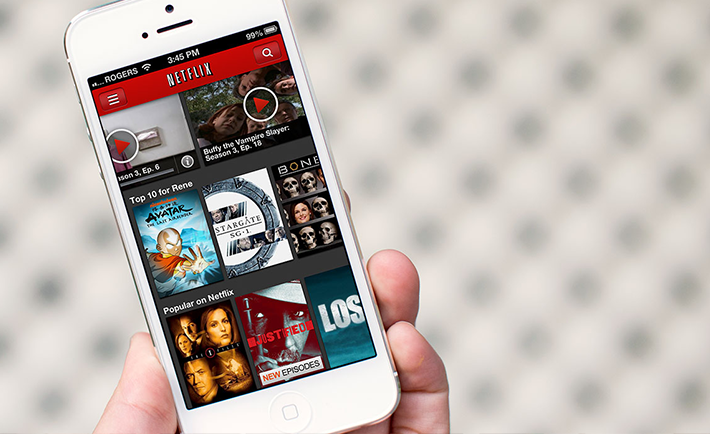
Ten years ago, television was that massive box in the corner of the sitting room. It was as long as it was wide, this huge mammoth black casket that absorbed any light around it. Fast forward to today and television is not a physical presence. It has become an idea.
Now more than ever, we crave entertainment, especially of the moving picture kind. Getting home from a long day studying or working, we want to lose ourselves in the stories we’d see on television. Then along came the most disruptive tool humanity has probably made, the internet.
The internet made a generation of now. We are impatient. Sitting down with a television magazine, using a tiny pen from the bookies to circle what we want to watch for the week ahead just doesn’t cut it anymore. We want to watch shows or movies whenever we want, not whenever RTÉ wants to put it on. The internet has spoiled us.
Now, finally, television and movie producers are starting to realise this. They still need as many of our eyeballs as they can get to watch what they put out, but our eyeballs are slowly starting to roll away from the television screen. They need to follow us, and they’re finally doing that.
Netflix wasn’t the company we know today when it began. It would originally mail you out DVDs that you would have to play on a DVD player hooked up to a television then mail the discs back to them, like some kind of Neanderthal man. Now, the Netflix we all know and love is a goliath of television programming, and you cannot see it on everyday TV. You need an internet connection.
Netflix’s decision to start making its own original programming was the turning point. Before, it was nice to have a service where you could watch what you want (as long as they had it) when you wanted it. But along came House of Cards, Orange is the New Black, a new season of Arrested Development. These are must watch television programmes, available only online. A revolution had begun.
This was the point that television graduated. No more was it confined to that lumbering box in the sitting room. It was liberated. Writers and producers, who have the next great television saga in their hands, might steer away from traditional outlets to gain the interested internet’s attention. It’s still new enough that if you decide to choose Netflix over a network to produce your show, you’re going to get a lot of attention.
YouTube steadily fits in this bracket too. The Google-owned site is this generation’s entertainment, end of. If we want to check something out, a new song or a goal from last night’s match, we don’t tune into MTV or Match of the Day anymore. We go to YouTube. It is the font of all quick entertainment today. PSY’s Gangnam Style sits at almost two billion views. Television could never have accommodated that.
Stepping back, you realise this is all great for the consumer. They are getting access to more content through more means. I mentioned, it’s television programming liberated. But what about the traditional media powerhouses? How is RTÉ, TV3, BBC, HBO, these names we all know and still love navigating these new turbulent waters of internet television? Right now, the jobs they’re doing are surprisingly good. They’ve figured out, quicker than the movie industry anyway, that we want the internet to deliver our content, so they all (for the most part) set up streaming services. RTÉ Player receives thousands of views a day from people who are free to choose when they watch Telly Bingo.
The only real hold out in internet streaming was sports. Rights for the big games are so tied up in regulations, it was impossible to try and get them online. The shift has begun though as RTÉ and the GAA recently announced a subscription streaming service available worldwide that’ll stream games from the 2014 All-Ireland Championships. The price is still unknown, but the possibility exists that it’ll be a per match fee. Yet with the popularity of the GAA and the vast Irish numbers abroad, people will pay.
Students living on campus here in DCU don’t have a television. They have an Ethernet cable to plug into their laptops. That, whether intentionally or not, is the future. The cables have been swapped. Once, that thick tube that accompanied the phone line and plugged into the television was the source of all our motion picture entertainment. Now, it’s that Ethernet cable, opening up a whole new world of video content from around the globe we’ve only touched the surface of. Old media outlets are slowly catching up, but while they drag along, the new media model is being shaped and formed by a few who realise that a la carte programming is the way of the future, but it’s here today.
Kevin Kelly




Leave a Reply